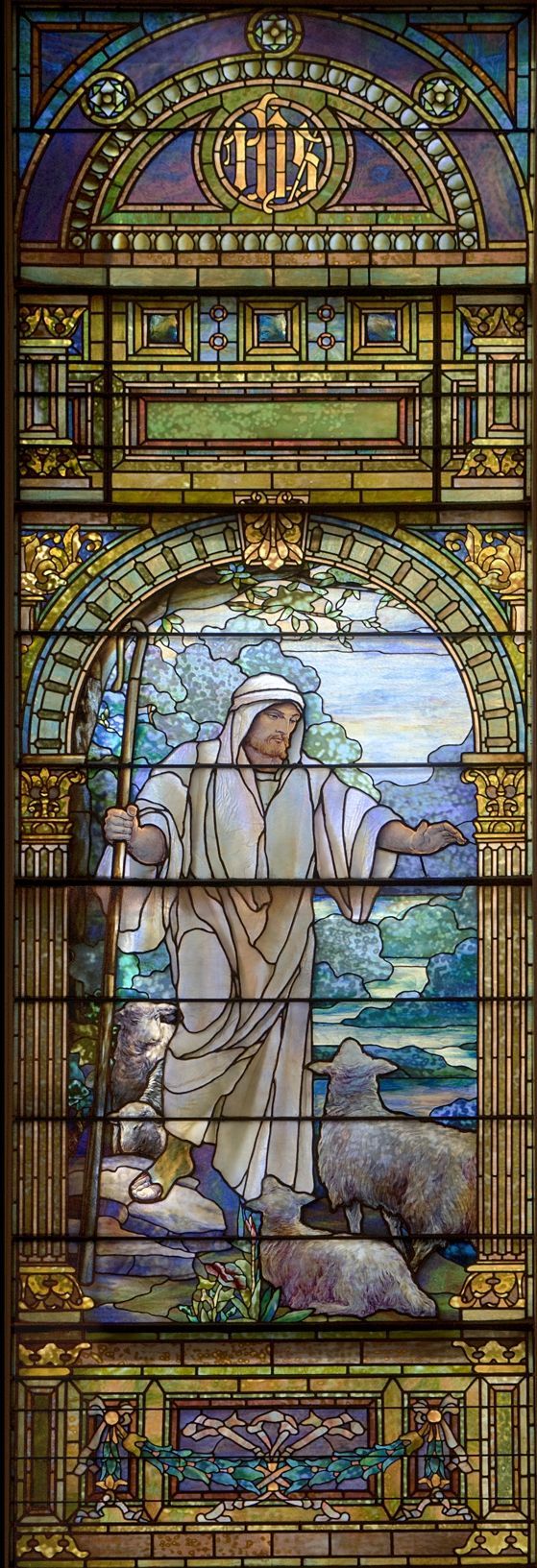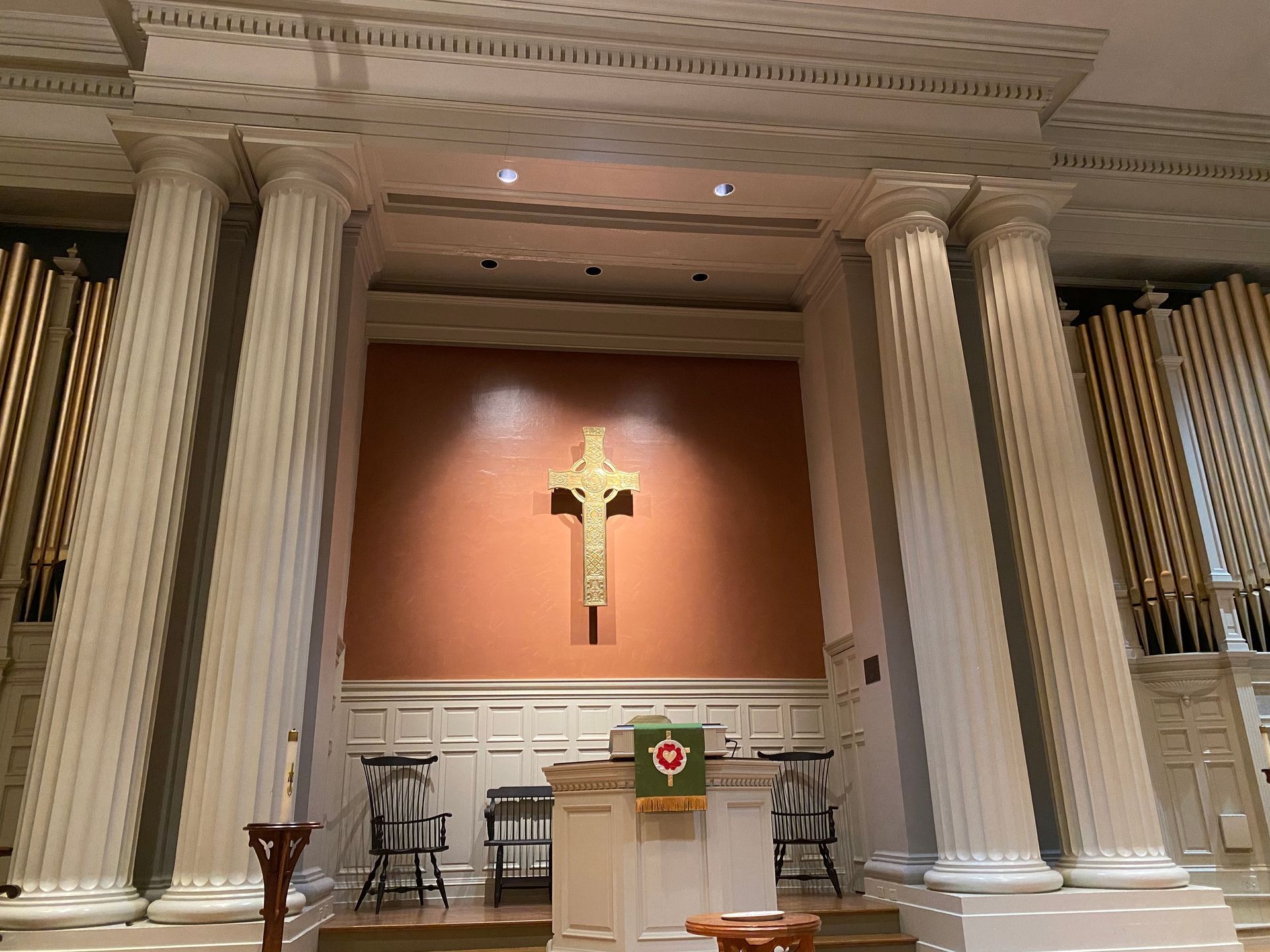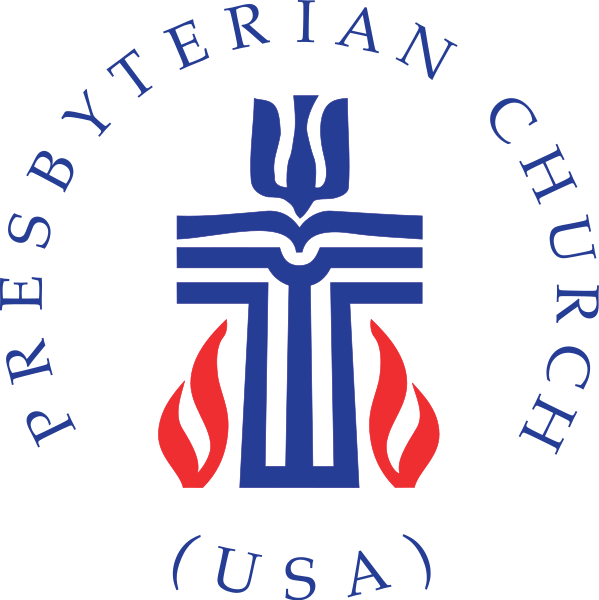ABOUT US
Our Vision
Our congregation envisions a future where lives are transformed in Christ and people are fully engaged with one another, and in the life and mission of the church. Here are the five areas of greatest congregational interest and core statements for each one.
Practicing Transforming Worship – First Presbyterian Church transforms lives through Christ-centered, Biblically-based worship, setting a firm faith foundation. Music, preaching and prayer meet people at all points on their faith journey and send us into our community with the love of God.
Expanding Mission – First Presbyterian Church leads people in our city and beyond into Christ’s kingdom by re-imagining key partnerships with other churches and community organizations.
Leading Spiritual Formation – In the heart of the city, First Presbyterian Church is a leader in Spiritual Formation. We create vibrant communities actively learning and living Christian faith.
Engaging the Next Generation – First Presbyterian Church is fully engaged in caring for all children, youth, and young adults, grounded in the teachings of Jesus. Each child is welcomed, cared for, taught, and mentored. In this community, together we gain the tools we need to trust God and serve people at home and around the world.
Loving One Another – First Presbyterian Church is a welcoming community in Christ where every person connects, engages and cares for people of all ages and backgrounds.
Our History
In Lancaster, in the early 1700’s, Presbyterians and some other congregations were making use of the county courthouse for worship whenever preachers could be had. Most of them lacked adequate meeting places, and few had their own full-time pastors. Most preachers had to divide their time among several churches
The earliest documentation we have of our existence as a congregation appears in the minutes of the Donegal Presbytery, meeting at Chestnut Level on June 16, 1742.
OUR HISTORIC SANCTUARY
The Tiffany Stained Glass Windows

The stained glass windows – twelve in all – are true treasures that define the beauty of our sanctuary. The windows were given over a period of years from 1909 to 1923. Nine of the twelve windows were made by the Tiffany Studios of New York City. Three, including two outside the sanctuary, were done in the Nicola Goodwin D’Ascenzo Studios of Philadelphia after the Tiffany Company went out of business. To see photos and learn more about our Tiffany windows click here.
The Aeolian-Skinner Organ
Built by the Aeolian-Skinner firm, master builders from Boston, Massachusetts, and designed and finished by G. Donald Harrison. It is representative of the highest grade of tonal design and superb workmanship for which the Aeolian-Skinner firm is known. Installed in the sanctuary of First Presbyterian in 1947, and contains nearly 5,000 pipes with 75 sets of pipes covering a wide tonal range. One of the finest organs in America, it has served both as an accompaniment to our worship services and as a solo instrument in concert. Many of the world’s most renowned organists have given concerts. The late Virgil Fox described its ensemble as “white hot heat.” Additional stops have been added over the years, and in 2013/2014, the instrument underwent substantial renovation. To learn more about the organ click here.
The Celtic Cross
The large Celtic cross which hangs on the front wall of the sanctuary was given to the church in 1967. It was cast on the island of Iona, off the west coast of Scotland. It’s a reminder of our Scottish Presbyterian background, for on Iona, about A.D. 563, St. Columba, with 12 disciples, erected a church and a monastery and from there evangelized all of northern Scotland. These Christians, after the Reformation, became the Presbyterians who fled to Ireland, and later to the New World, to escape political and religious persecution.


